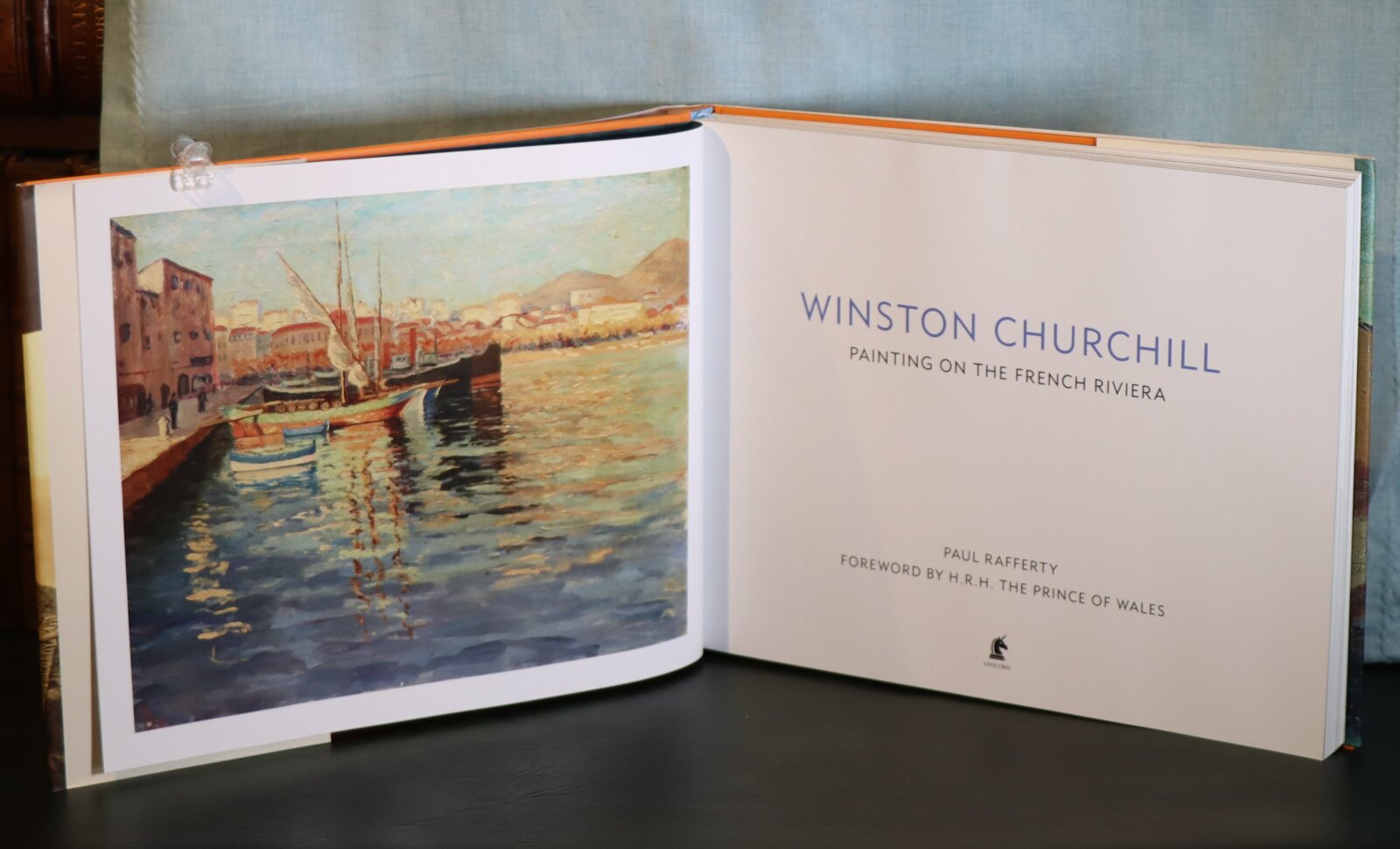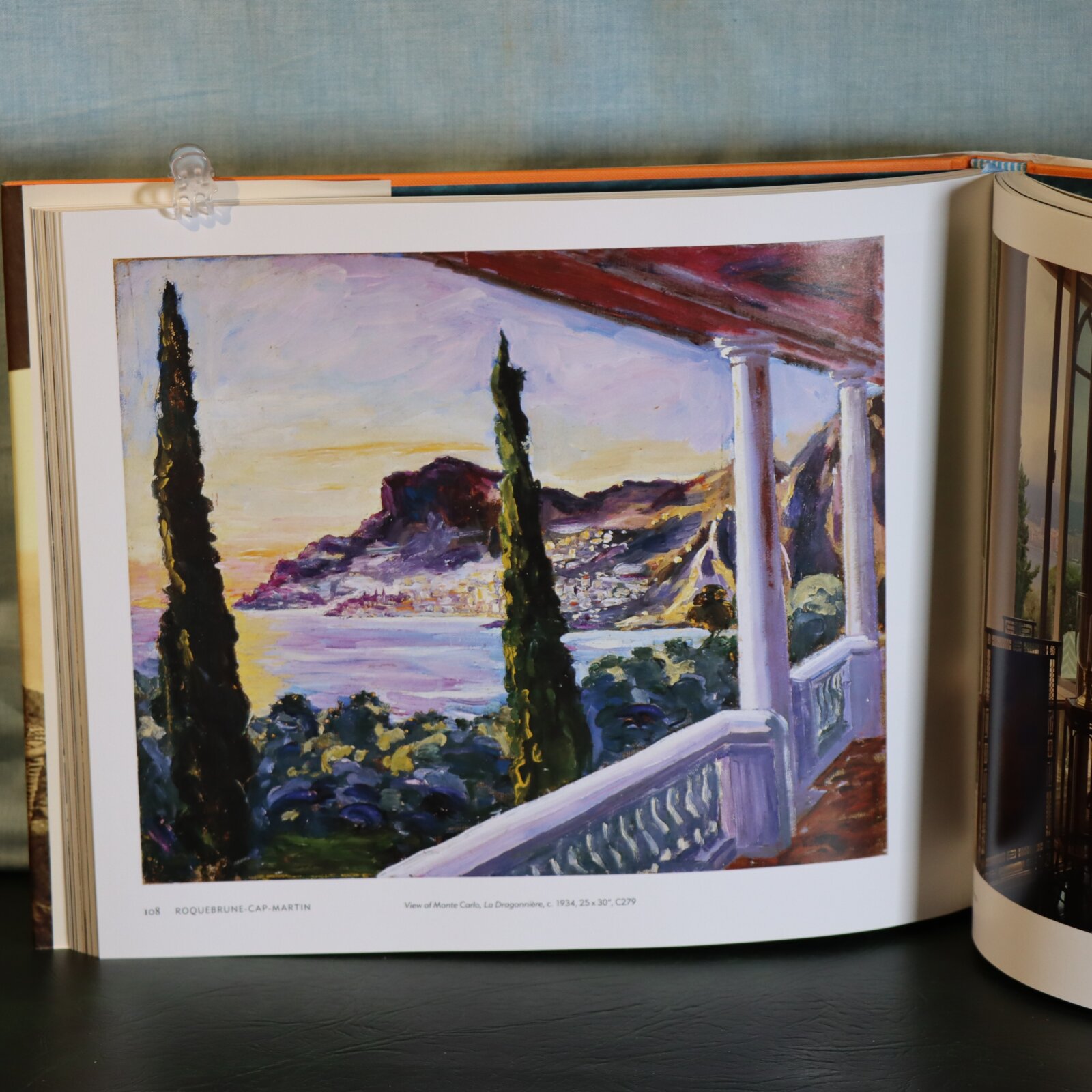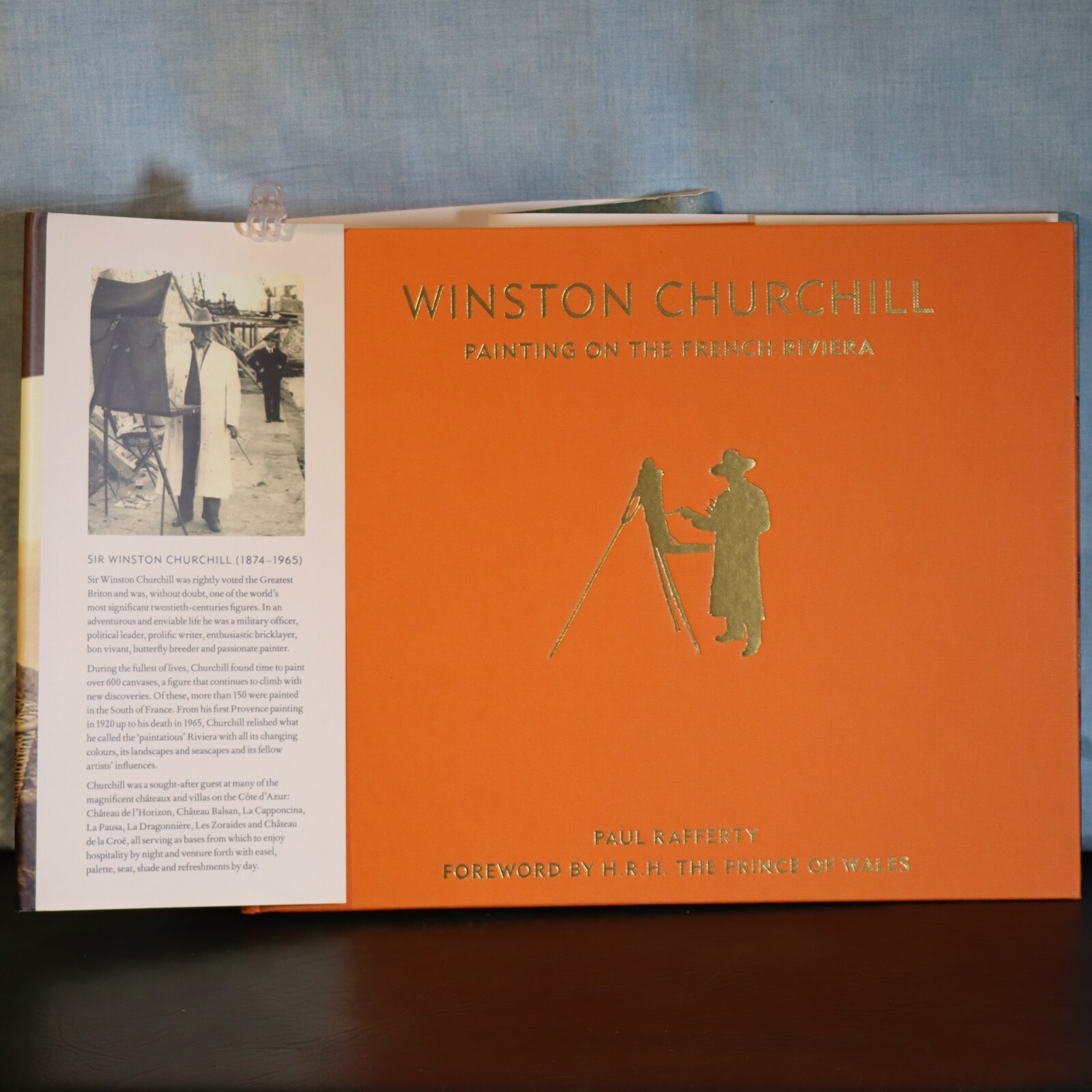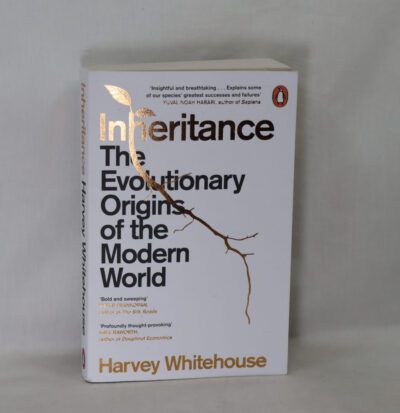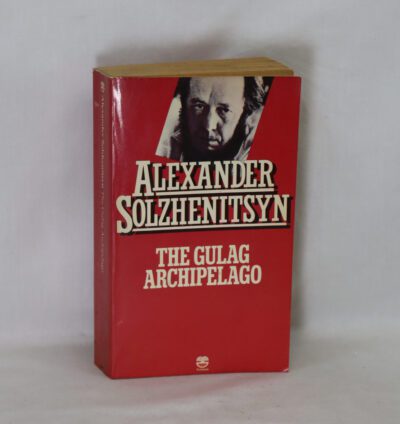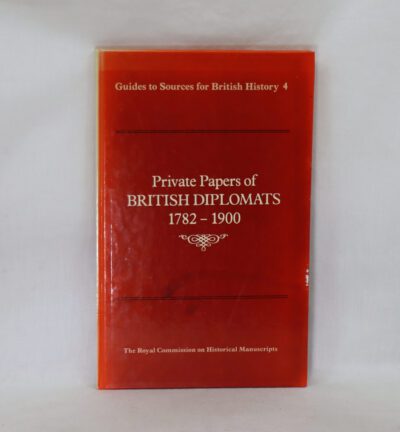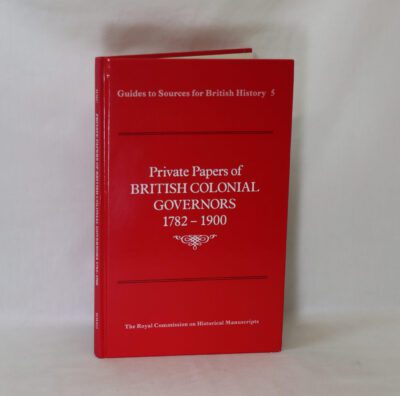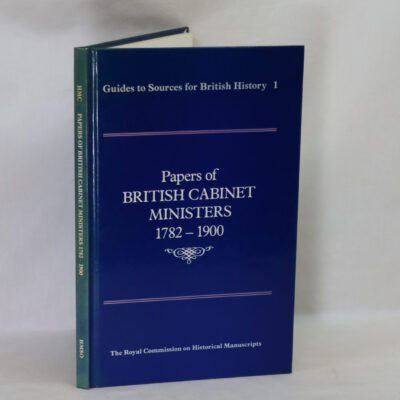Winston Churchill Painting on the French Riviera.
By Paul Rafferty
Printed: Circa 1990
Publisher: Unicorn Publishing. London
| Dimensions | 31 × 26 × 2.5 cm |
|---|---|
| Language |
Language: English
Size (cminches): 31 x 26 x 2.5
Condition: Fine (See explanation of ratings)
Your items
Item information
Description
In original dust sheet. Orange binding with gilt title and image on front board.
It is the intent of F.B.A. to provide an in-depth photographic presentation of this book offered so to almost stimulate your feel and touch on the book. If requested, more traditional book descriptions are immediately available.
Sir Winston Leonard Spencer Churchill, 1874 – 24 January 1965 was a British statesman who served as Prime Minister of the United Kingdom from 1940 to 1945, during the Second World War, and again from 1951 to 1955. Best known for his wartime leadership as Prime Minister, Churchill was also a Sandhurst-educated soldier, a Nobel Prize-winning writer and historian, a prolific painter, and one of the longest-serving politicians in British history. Apart from two years between 1922 and 1924, he was a Member of Parliament (MP) from 1900 to 1964 and represented a total of five constituencies. Ideologically an economic liberal and imperialist, he was for most of his career a member of the Conservative Party, which he led from 1940 to 1955, though he was a member of the Liberal Party from 1904 to 1924.
Of mixed English and American parentage, Churchill was born in Oxfordshire to a wealthy, aristocratic family. He joined the British Army in 1895 and saw action in British India, the Anglo-Sudan War, and the Second Boer War, gaining fame as a war correspondent and writing books about his campaigns. Elected a Conservative MP in 1900, he defected to the Liberals in 1904. In H. H. Asquith’s Liberal government, Churchill served as President of the Board of Trade and Home Secretary, championing prison reform and workers’ social security. As First Lord of the Admiralty during the First World War, he oversaw the Gallipoli Campaign but, after it proved a disaster, he was demoted to Chancellor of the Duchy of Lancaster. He resigned in November 1915 and joined the Royal Scots Fusiliers on the Western Front for six months. In 1917, he returned to government under David Lloyd George and served successively as Minister of Munitions, Secretary of State for War, Secretary of State for Air, and Secretary of State for the Colonies, overseeing the Anglo-Irish Treaty and British foreign policy in the Middle East. After two years out of Parliament, he served as Chancellor of the Exchequer in Stanley Baldwin’s Conservative government, returning the pound sterling in 1925 to the gold standard at its pre-war parity, a move widely seen as creating deflationary pressure and depressing the UK economy.
Out of government during his so-called “wilderness years” in the 1930s, Churchill took the lead in calling for British rearmament to counter the growing threat of militarism in Nazi Germany. At the outbreak of the Second World War he was re-appointed First Lord of the Admiralty. In May 1940, he became Prime Minister, replacing Neville Chamberlain. Churchill oversaw British involvement in the Allied war effort against the Axis powers, resulting in victory in 1945. After the Conservatives’ defeat in the 1945 general election, he became Leader of the Opposition. Amid the developing Cold War with the Soviet Union, he publicly warned of an “iron curtain” of Soviet influence in Europe and promoted European unity. He lost the 1950 election but was returned to office the following year in the 1951 election. His second term was preoccupied with foreign affairs, especially Anglo-American relations and the preservation of the British Empire. Domestically, his government emphasised housebuilding and completed the development of a nuclear weapon (begun by his predecessor). In declining health, Churchill resigned as Prime Minister in 1955, although he remained an MP until 1964. Upon his death in 1965, he received a state funeral.
Widely considered one of the 20th century’s most significant figures, Churchill remains popular in the UK and Western world, where he is seen as a victorious wartime leader who played an important role in defending Europe’s liberal democracy against the spread of fascism. He is also praised as a social reformer. However, he has been criticised for some wartime events – notably the area bombing of German cities and his government’s response to the Bengal famine – and also for his imperialist views, including comments on race.
Churchill and Painting
Winston Churchill was introduced to painting during a family holiday in June 1915, when his political career was at a low ebb. He continued this hobby into his old age, painting over 500 pictures of subjects such as his goldfish pond at Chartwell and the landscapes and buildings of Marrakesh. He sold some works, but he also gave away many of the works that he self-deprecatingly described as “daubs” as gifts.
Paul Rafferty was born in 1965 in Oxford, England. Rafferty is self-taught but with much support and encouragement from professional artists throughout his career, he primarily paints on location in oil.
The influence from 19th and 20th century masters is evident in Rafferty’s work, along with a number of contemporary painters working today. Every painting is about the light and its play on the subjects he depicts. Having the fortunate opportunity to to have bases in the South of France, California and London, Rafferty’s work is infused with an abundant source of light, each location being a staging point from where he can travel through Europe or the United States and gather material to express his vision.
Want to know more about this item?
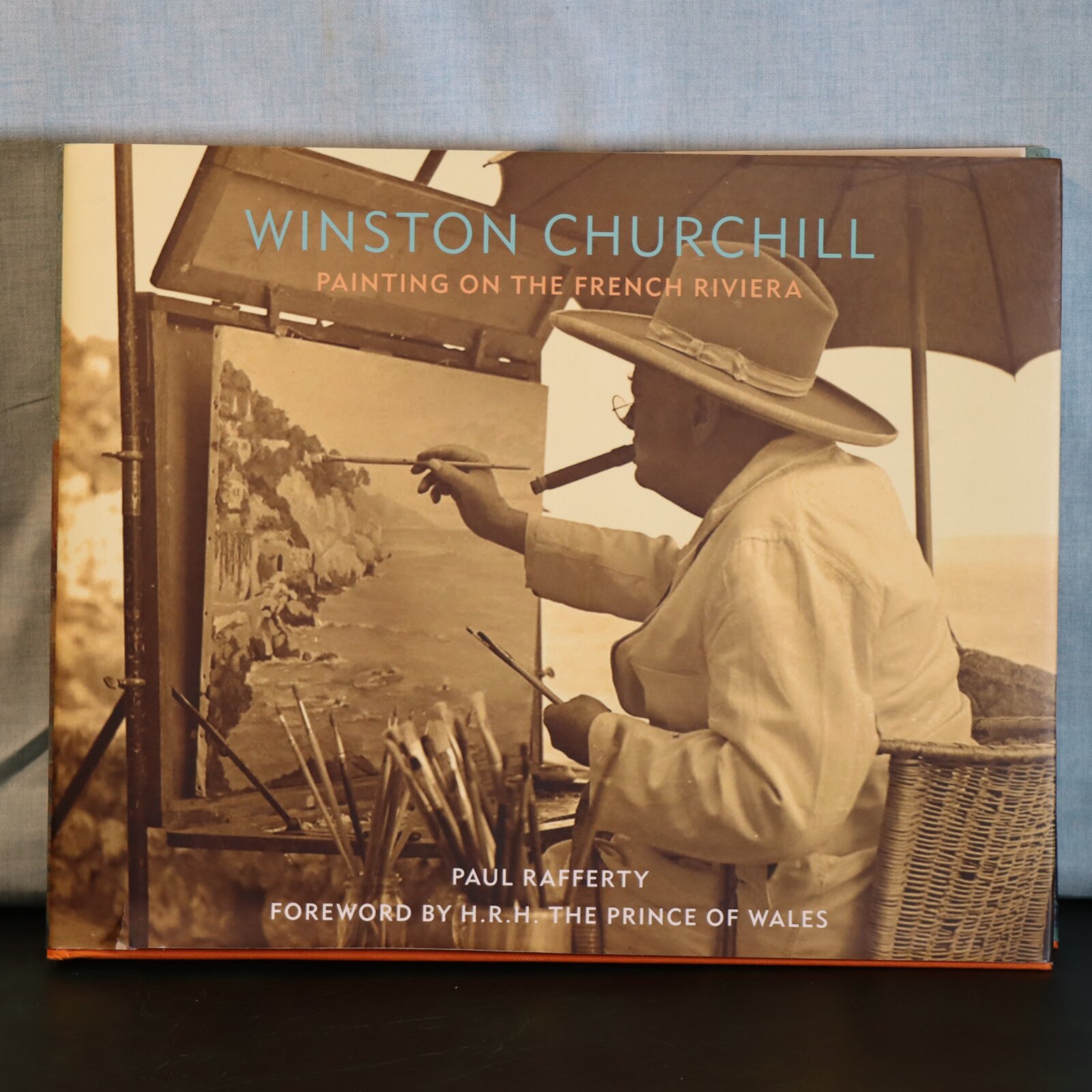
Share this Page with a friend

